
|
|
|
| synonym |
|
| description |
This species has a high pronotum, extending forward and peaking over the head rather than in the middle of the pronotum; this gives the pronotum a sharp downcurving angle from the peak when viewed from the side. In females, the pronotum is higher than in males. Females have a brownish pronotum with a broad diagonal stripe that is either green or yellowish, followed by a parallel translucent band and a white spot; however, females can vary considerably in color, with some lacking the colored stripe all together. Males, smaller than females (see here for sexual dimorphism in size and coloration), have a dark brown to black pronotum with the same colored and translucent stripes as in the female. Sometimes, individuals lack the pronotal stripes. The head in this species is yellowish with some hair; the eyes are brown to red, and the ocelli are pearly. The forewings are hyaline with brown bases and apices. The undersurface of the body is brownish yellow and the legs are yellowish. Males are 7 to 8 mm long and 2.5-3.0 mm wide, while females are 9 mm long and 3 mm wide. (Kopp & Yonke, 1973)
This species can be differentiated from S. fasciata by the differences in shape and size of the pronotum. In S. camelus, the crest peaks above the eyes and [typically] is both much larger and taller. In S. fasciata, the crest is more rounded and peaks more centrally above the body. |
| distribution |
Eastern and central North America |
| abundance |
Seasonal distribution: 24 April-25 September (CTNC) |
| seasonal_occurrence | |
| habitat |
Has been found near mixed hardwood forest; where oaks are present. |
| plant associates |
Southern red oak (Quercus falcata), turkey oak (Q. laevis), water oak (Q. nigra), post oak (Q. stellata) (CTNC); also black oak, bur oak, shingle oak, blackjack oak, Shumard's oak, and smooth sumac (Kopp & Yonke, 1973). |
| behavior |
To listen to the male courtship call for this genus, listen here. These courtship calls are not audible to the human ear, and the calls here are produced by recording the substrate vibrations that the treehoppers use to communicate through the plants themselves. The recorded call is then amplified so that it is now audible to human ears. Research has shown that treehoppers use vibrations to attract mates, to announce the discovery of a good feeding site, or to alert a defending mother to the approach of a predator (T.IM). |
| comments |
Can be attracted at night with a light.
The nymphs of Smilia camelus can be attended to by ants, specifically the species Formica integra. Nymphs secrete honeydew which the ants use as a food resource, and in turn the ants defend the nymphs and the oak saplings they are feeding on from any predators. Additionally, studies have shown that larvae of the butterfly Edward's Hairstreak (Satyrium edwardsii) on the same host plant as nymphs of S. camelus are tended to by the same ants tending the hopper nymphs. Therefore, there is a likely triple mutualist symbiosis going on between S. camelus, F. integra, and Edward’s Hairstreak larvae, with occurrence of hopper nymphs and their resulting ant caretakers benefiting hairstreak larvae, and vice versa. (Webster & Nielsen, 1984) |
status |
[Native:]
[Introduced:]
[Extirpated:] | | list_type |
[Official:]
[Provisional:] |
| adult_id | Unmistakable and widely known Identifiable from good quality photos of unworn specimens
Identifiable from photos showing undersides, or other specialized views [e.g., legs, face]
Identifiable only by close inspection of structural features or by DNA analysis NULL |
| nymph_id | Unmistakable and widely known Identifiable from good quality photos, especially where associated with known host plants
Identifiable from close inspection of specimens or by DNA analysis
Identifiable only through rearing to adulthood NULL |
| G_rank |
|
| S_rank |
|
| rank_comments |
|
| tribe |
Smiliini |
| subgenus |
|
Species Photo Gallery for Smilia camelus No Common Name |
 | Photo by: Bockhahn, Scharf
Burke Co.
Comment: LAJA - 2014 BioBlitz- male | 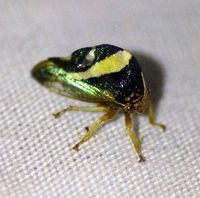 | Photo by: Bockhahn, Scharf
Burke Co.
Comment: LAJA - 2014 BioBlitz- male |
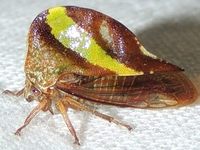 | Photo by: Britta Muiznieks
Dare Co.
Comment: | 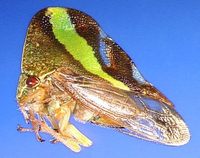 | Photo by: Matthew S. Wallace
Out Of State Co.
Comment: female |
 | Photo by: K. Bischof
Beaufort Co.
Comment: GOCR | 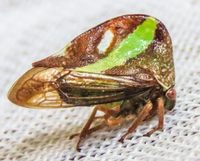 | Photo by: Randi Czesak
Onslow Co.
Comment: Discovered clinging to my drapes inside the house. Relocated outside after photographing. rn |
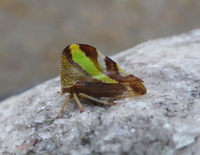 | Photo by: F. Williams, S. Williams
Alleghany Co.
Comment: STMO | 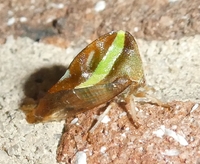 | Photo by: Simpson Eason
Durham Co.
Comment: |
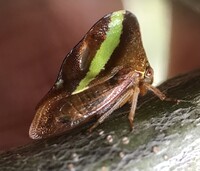 | Photo by: Ted Wilcox
Watauga Co.
Comment: | 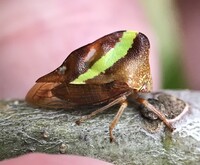 | Photo by: Ted Wilcox
Watauga Co.
Comment: |
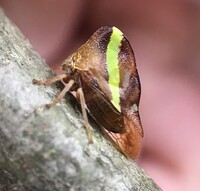 | Photo by: Ted Wilcox
Watauga Co.
Comment: | 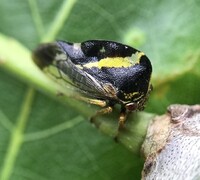 | Photo by: Ted Wilcox
Watauga Co.
Comment: unid_treehopper |
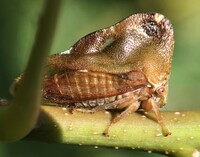 | Photo by: Ted Wilcox
Watauga Co.
Comment: unid_treehopper |  | Photo by: Erich Hofmann, David George, Richard Teper, Jeff Niznik
New Hanover Co.
Comment: |
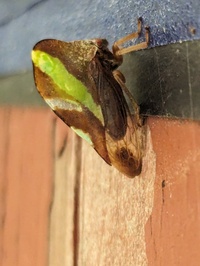 | Photo by: Joanne Hall
Out of state Co.
Comment: Never seen one before - unid_leafhopper |  | Photo by: Joanne Hall
Out of state Co.
Comment: Never seen one before - unid_leafhopper |
 | Photo by: B. Bockhahn
Macon Co.
Comment: | 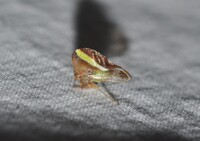 | Photo by: K. Bischof
Chatham Co.
Comment: JORD |
|

 »
»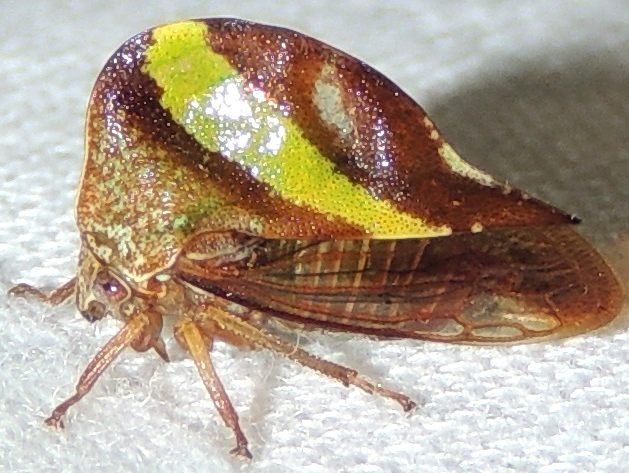
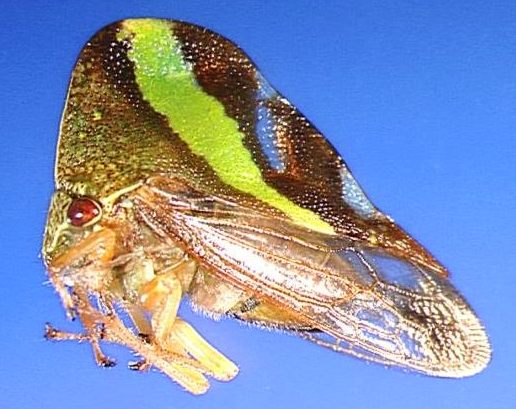
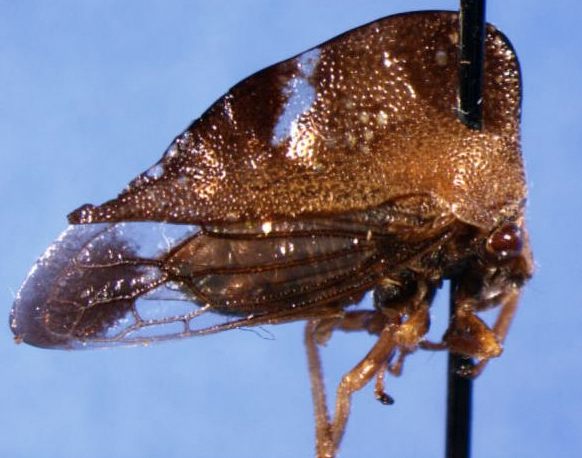

 »
»

